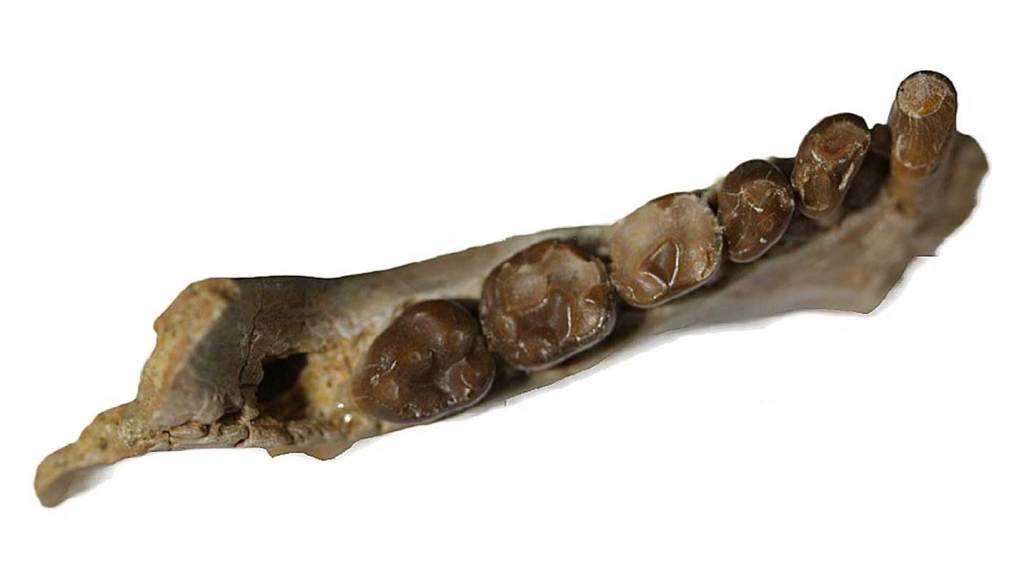Diet of Ancient Primates Revealed Through Unmarked Teeth, Suggesting Fruit Consumption

Analyses of ancient primate teeth suggest that soft fruits may have featured prominently in their diets.
In a study of hundreds of primate teeth fossils from the Fayum Depression desert basin in Egypt, researchers found only a few to be fractured, according to a report in the December 13 edition of the American Journal of Biological Anthropology. This low amount of tooth damage hints at a diet consisting primarily of soft fruits, rather than hard items like seeds or nuts which could cause such injury.
The examined teeth, over 400 of which were studied, belonged to five primate genera – among them Propliopithecus, Apidium and Aegyptopithecus – and are estimated to be between 29 million-35 million years old. Ian Towle, a dental anthropologist at the Centro Nacional de Investigación sobre la Evolución Humana in Spain, states that these fossils date back to a time when the last common ancestor of apes, including humans, and African and Asian monkeys was alive.
Towle emphasizes the value in studying ancient dental damage, potentially inflicted by food, as it offers insights into our own dietary evolution over time.
While working at the University of Otago in New Zealand, Towle and his team identified fractures visible to the naked eye, keeping track of the severity and location of each break. A mere 21 teeth, about 5 percent, were found to be chipped.
Towle remarks this is a notably low rate compared to modern primates, among which 4 to 40 percent of teeth exhibit damage from food. He cites examples such as the sooty mangabey monkey, whose hard food diet often results in fractures on up to half of their teeth, and chimpanzees, whose diets focus mainly on soft foods such as insects and fruit, and suffer less than 10 percent tooth chipping.
Additionally, two Propliopithecus individuals bore signs of cavities, suggesting a preference for sweet fruits. This implies that the incorporation of nuts and seeds into primate diets occurred later on.
Debra Guatelli-Steinberg – a dental anthropologist at the Ohio State University - concurs with this theory, highlighting that fruit was an early component in the diets of monkeys and apes. However, she also notes that tooth chipping doesn't necessarily equate to what primates ate, making it difficult to conclusively ascertain the extent to which soft foods figured in their diets.
Earlier efforts to study tooth shape and wear even suggested that Apidium and Aegyptopithecus consumed hard rather than soft items. Though tooth shape can help distinguish between leaf- and fruit-based diets, and microscopic damage can determine an animal's final weeks or months of consumption, tooth chipping alone can offer a longer dietary history.
Towle suggests that ancient primates dined on fruits, and their teeth's physical structure, seemingly ideal for grinding nuts or seeds, may have served an as yet unknown purpose. It’s even possible that these primate's teeth were inherently less prone to chipping.
Research into potential disparities in ancient primate dental condition and diet will continue, Towle concludes.




